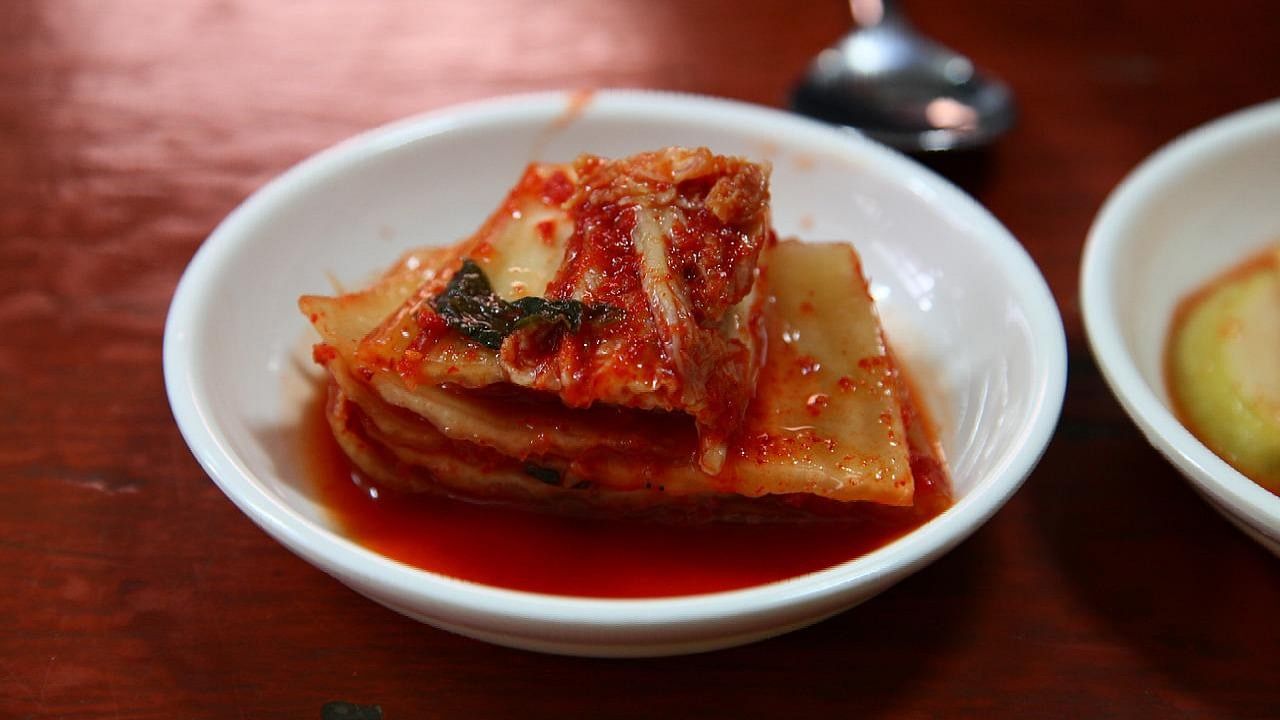
Kimchi.
Credit: Pixabay Photo
South Korea's Namwon City has been grappling with a mass food poisoning incident with about 1,000 people falling sick since the first case was reported on Tuesday. The culprit? Kimchi contaminated with norovirus.
The norovirus outbreak has also affected school children as the possibly-contaminated fermented cabbage dish, a popular South Korean side to meals, was supplied through school meals in the city.
Authorities said students and staff from 24 schools have reported cases of vomiting, diarrhoea and abdominal pains.
Officials in Namwon City have confirmed at least 996 cases by Friday but local media outlets say the figure had climbed to 1,024 by early Saturday afternoon.
Follow-up on outbreak
Namwon City's disaster and safety department has temporarily suspended the production and sale of any products from the company that made the kimchi. The company itself is also in the process of voluntarily recalling food products that have already been distributed, many of them to schools.
Namwon City officials said it began its probe to find the source of the outbreak on Wednesday after the first case was reported the previous day.
Since then, the number of cases have grown rapidly, from the first 153 reported on Wednesday.
Mayor of Namwon, Choi Kyung-sik, has said that health officials had adopted a "pre-emptive and excessive response" in an attempt to prevent further spread of the illness. "We will ensure the safety of our citizens," he said.
What is norovirus?
As per the fact sheet by the US-based Centers for Disease Control and Prevention, norovirus is a very contagious virus and the chief symptoms are vomiting and diarrhea.
While it is sometimes called the "stomach flu" or the "stomach bug," it is not related to the flu or the influenza virus. Norovirus causes acute gastroenteritis, an inflammation of the stomach or intestines.
Norovirus spreads very easily and quickly in different ways. You can get norovirus by:
Having direct contact with someone with norovirus, like caring for them, sharing food or eating utensils with them, or eating food handled by them.
Eating food or drinking liquids that are contaminated with norovirus.
Touching contaminated objects or surfaces and then putting your unwashed fingers in your mouth.